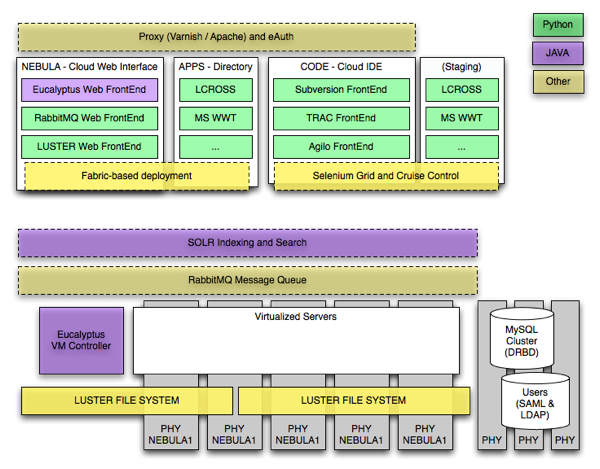적당히 쓰다보니 한계가 있군. 기초부터 차근차근 정리
https://cultivo-hy.github.io/docker/image/usage/2019/03/14/Docker%EC%A0%95%EB%A6%AC/
[Docker] 개념 정리 및 사용방법까지.
cultivo-hy.github.io
https://www.44bits.io/ko/post/easy-deploy-with-docker
도커(Docker) 입문편: 컨테이너 기초부터 서버 배포까지
도커(Docker)는 2013년 등장한 컨테이너 기반 가상화 도구입니다. 도커를 사용하면 컨테이너를 쉽게 관리할 수 있으며, 이미지를 만들어 외부 서버에 배포하는 것도 가능합니다. 이 글은 도커를 시
www.44bits.io
https://www.44bits.io/ko/post/how-docker-image-work
만들면서 이해하는 도커(Docker) 이미지: 도커 이미지 빌드 원리와 OverlayFS
도커 이미지는 유니온 마운트 기술을 활용해 계층화된 레이어들로 구성되며, 도커 레지스트리를 사용해 쉽고 효율적인 공유를 가능하게 해줍니다. 이 글에서는 도커 이미지가 저장되는 방식과
www.44bits.io
https://www.daleseo.com/docker-compose/
Docker Compose 커맨드 사용법
Engineering Blog by Dale Seo
www.daleseo.com
https://scarlett-dev.gitbook.io/all/docker/untitled
[도커] Docker Compose란?
scarlett-dev.gitbook.io
https://www.44bits.io/ko/post/almost-perfect-development-environment-with-docker-and-docker-compose
도커(Docker) 컴포즈를 활용하여 완벽한 개발 환경 구성하기
개발 환경을 구축하기란 그리 쉬운 일이 아닙니다. 문서화를 해두어도 누군가 계속 신경쓰지 않으면 내용이 낡기 마련이고, 계속 신경 쓰자니 이 또한 쉽지 않죠. 어떻게 하면 손쉽게 개발 환경
www.44bits.io
** Kubernates 와 비교
https://gonna-be.tistory.com/14
Docker vs Docker Compose vs Kubernetes
이 글은 위 도커, 도커 컴포즈, 쿠버네티스의 차이점을 설명한 글이다. StackOverFlow의 답변을 번역했다. Docker 애플리케이션을 컨테이너화 할 수 있는 컨테이너 기술이다. 도커는 다음 기술들을
gonna-be.tistory.com
https://www.bmc.com/blogs/kubernetes-vs-docker-swarm/
Kubernetes vs Docker Swarm: Comparing Container Orchestration Tools
www.bmc.com
Thanks, Docker Compose














